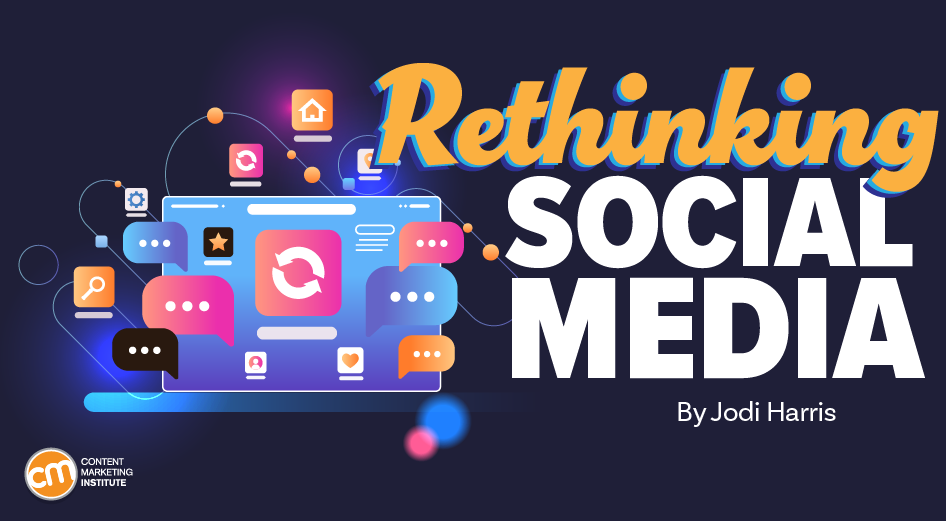How a Subscribed Audience Can Draw a Crowd for Your Next Content Product

The rise of Instagram’s Threads has been nothing short of remarkable.
As I write this article, the app has 112 million users, and by the time you read this, that number will be woefully out of date.
In less than three weeks, Threads has become the 34th largest social platform, sitting between Tumblr (33rd) and Stack Exchange (35th) and rapidly approaching the 150 million user base of Discord. But what does that represent in real value?
Threads proves the value of a subscribed audience
Social media platforms are often measured by their average revenue per user (ARPU) by week, month, or quarter. At the end of the first quarter of 2023, Meta’s quarterly ARPU (for Facebook and Instagram) in the United States and Canada was an impressive $48.85.
Meta has said it won’t sell ads on Threads until next year. And, even if it did, the average revenue per user would probably initially look more like Twitter’s quarterly ARPU – $4.96, according to some of the last numbers publicly available.
Let’s do some “back-of-the-envelope” math. If Threads had a quarterly ARPU of $5 at launch, the company would have created over $2 billion in annual revenue ($500 million per quarter multiplied by four) in the two weeks when over 100 million people downloaded the app.
That’s incredible.
More than anything, Threads’ phenomenal success speaks to the value of a subscribed, engaged, and addressable audience.
Subscribed audience power drives media company projects
Media companies have known the powerful connection between existing audiences and new products for years.
Think about the history of television and the concept of a “lead-in” audience. When a network wanted to stack the promotion deck for a new series, it would schedule the show to follow its most popular series.
Seinfeld flopped in its Wednesday night debut. But when NBC scheduled it to air after summer reruns of the popular comedy Cheers, audience reaction convinced the network to pick up more episodes. When Seinfeld returned to Wednesday nights, it cracked the list of top 30 shows by viewership. In the middle of the fourth season, it moved to Thursday nights, following Cheers, and the ratings jumped (and eventually surpassed the audience size of its lead-in show).
This phenomenon plays out across media properties today. Movie studios create “universes” to familiarize audiences with a character and then spin the character off as the star of other movies and series across platforms. Streaming services like Netflix and Disney+ use audience data to guide plotlines, directors, actors, music, and even what projects to develop or license.
This media company magic forms the foundation for advertising and sponsorships. Brands pay to advertise because “renting” the attention of an audience that’s already paying attention to the media company’s content is less expensive than building that audience and attention from scratch.
 Thai
Thai


